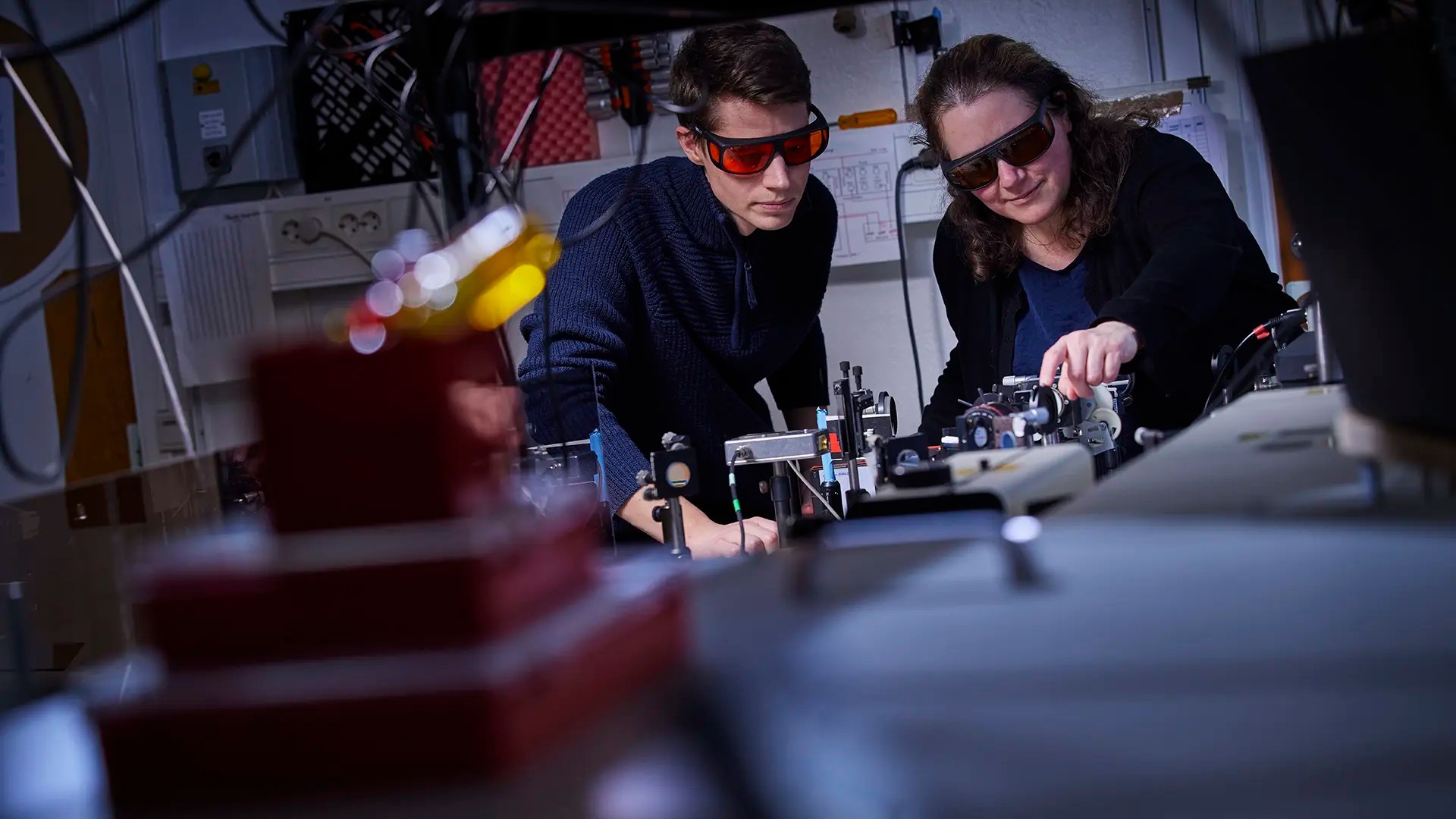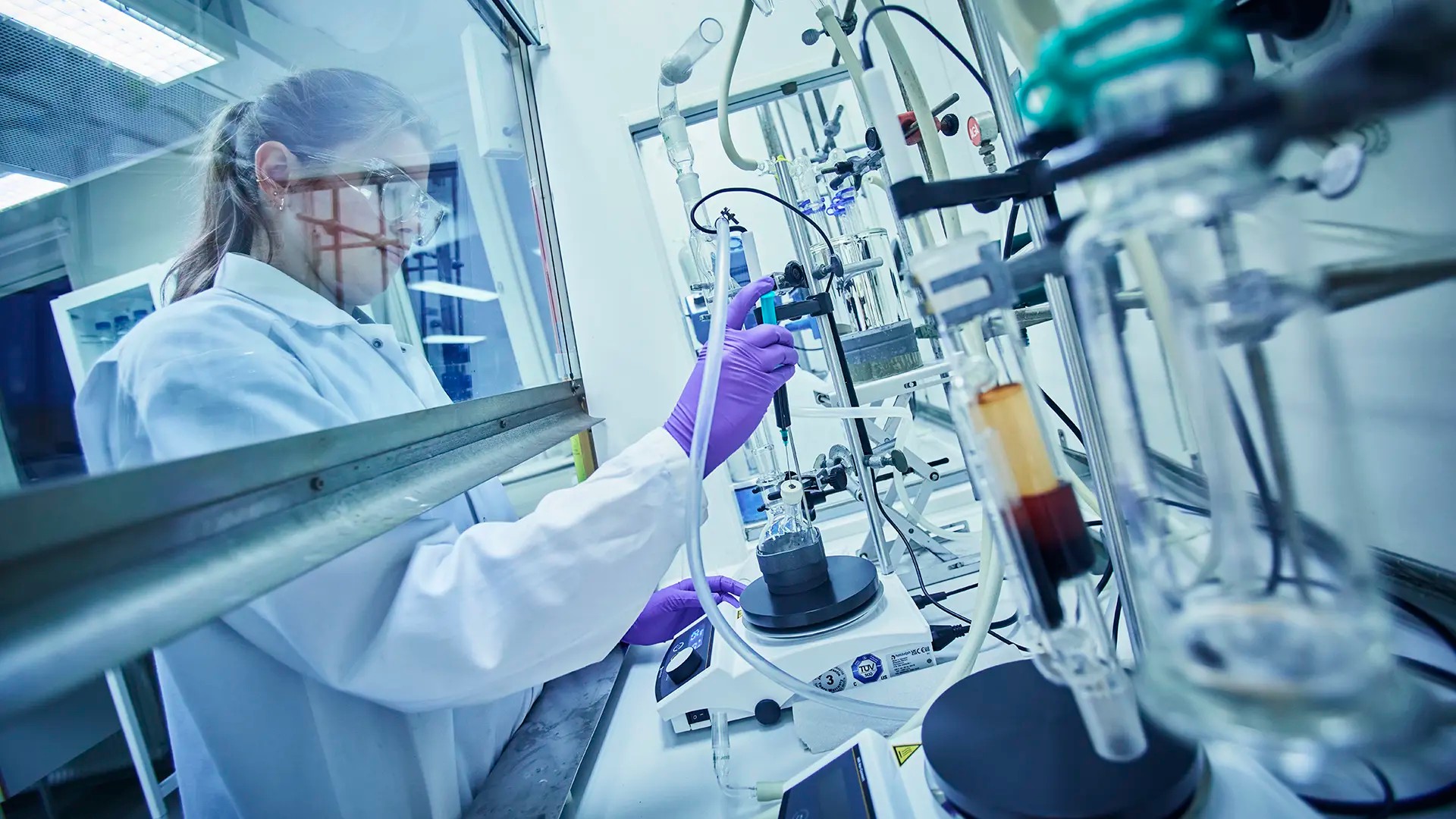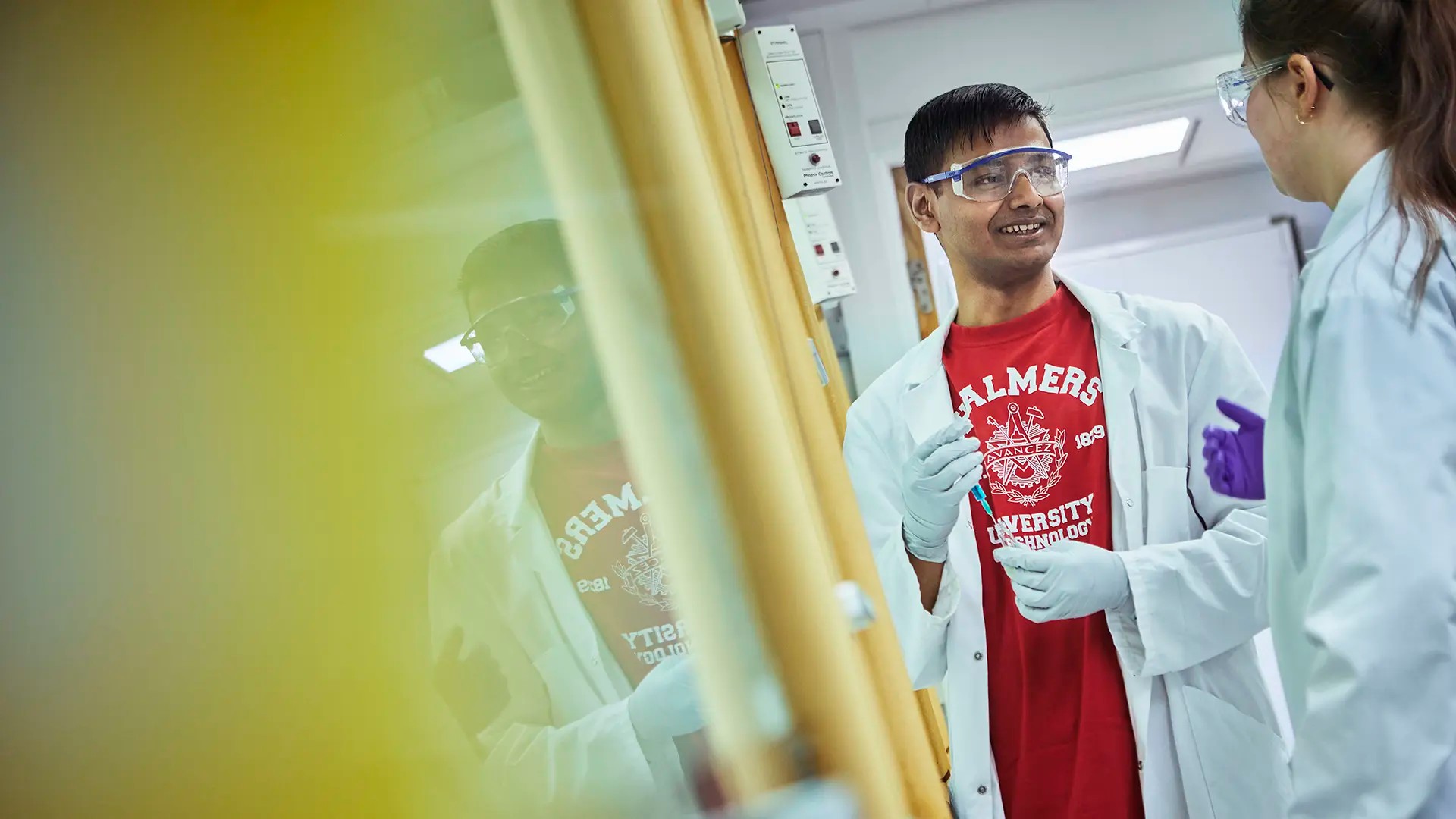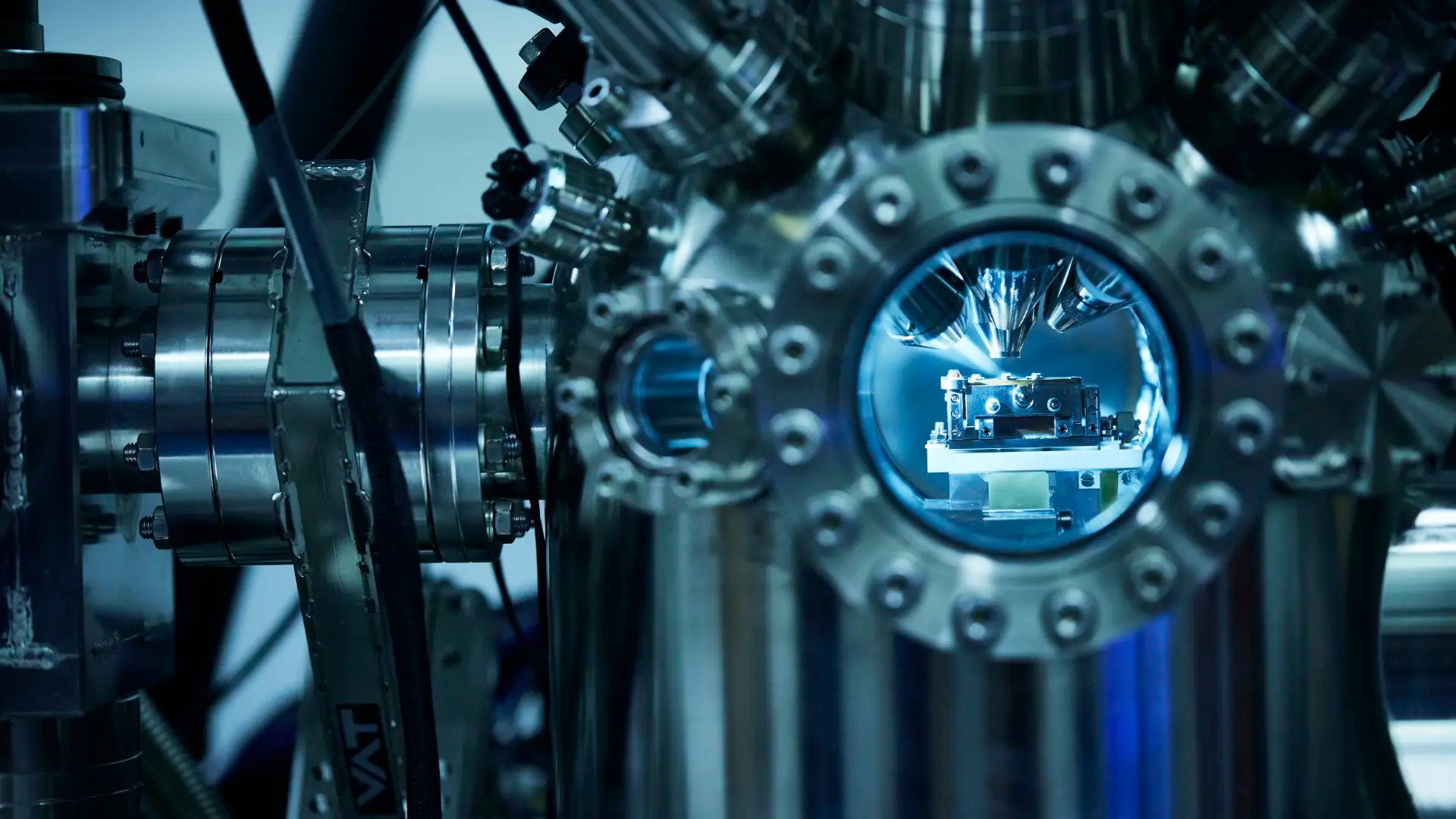



The secret life of molecules is the main theme of our research and teaching in the Division of Chemistry and Biochemistry. We are studying how small and large molecules can be produced, their interaction with each other in materials or in living cells, their use in the development of pharmaceuticals and how they can capture and convert energy. The results of our fundamental research facilitates applications in areas ranging from energy and materials to nanotechnology and medicine.
Research areas Chemistry and Biochemistry
Analytical chemistry
In analytical chemistry we are pushing the limits of measurements through the development of cutting-edge instrumentation and application of new technologies for investigations of great impact. Our research teams work on projects that span all the traditional areas of analytical chemistry including separations, spectroscopy, electrochemistry, mass spectrometry and microscopy.
Research leaders: Ann-Sofie Cans, Per Malmberg
Physical chemistry
In (bio)physical chemistry we investigate, with a great emphasis on using light-matter interactions, among other things, the nature and interactions of molecules and molecular aggregates. In particular we use the energy of light to study and influence molecules, ranging from molecular logical gates, how to study the uptake of RNA-based therapeutics into cells, solar energy harvesting, to understanding the fundamental processes of the living cell.
Research leaders: Maria Abrahamsson, Bo Albinsson, Joakim Andréasson, Bengt Nordén, Marcus Wilhelmsson
Theoretical chemistry
In theoretical chemistry we use the fundamentals of quantum chemistry to understand more about the elements and the molecules around us. We provide knowledge about the electronic structures of atoms and molecules and how they contribute to the properties of materials. For example, we try to predict how materials behave at extreme pressures as well as to understand prebiotic processes.
Research leader: Martin Rahm
Organic and inorganic chemistry
In organic and inorganic chemistry we investigate and describe the organic and inorganic compounds’ structures, synthesis, properties and reactions. Studies and research in these subject forms the foundation for the practical management of organic and inorganic compounds (including MOFs – metal organic frameworks and 2D materials such as graphene and lipids for lipid nanoparticles (LNPs) for drug delivery), their industrial production and their utilization in various forms of materials. It also provides a basis for assessing the properties of organic and inorganic materials and serves as a basis for biochemical / biological linkages.
Research leaders: Angela Grommet, Nina Kann, Jerker Mårtensson, Gunnar Westman, Xiaoyan Zhang, Lars Öhrström
Research leaders Chemistry and biochemistry
- Angela Grommet research group (contact page) (Opens in new tab)
- Ann-Sofie Cans research group (contact page) (Opens in new tab)
- Bengt Nordén research group (contact page) (Opens in new tab)
- Bo Albinssons forskargrupp (webbsida)
- Jerker Mårtensson research group (contact page) (Opens in new tab)
- Joakim Andréassons forskargrupp (webbsida)
- Lars Öhrströms research group (webpage)
- Maria Abrahamssons research group (webpage)
- Markus Wilhelmssons research group (webpage)
- Martin Rahms research group (webpage)
- Nina Kann research group (contact page) (Opens in new tab)
- Xiaoyan Zhang research group (webpage) (Opens in new tab)
